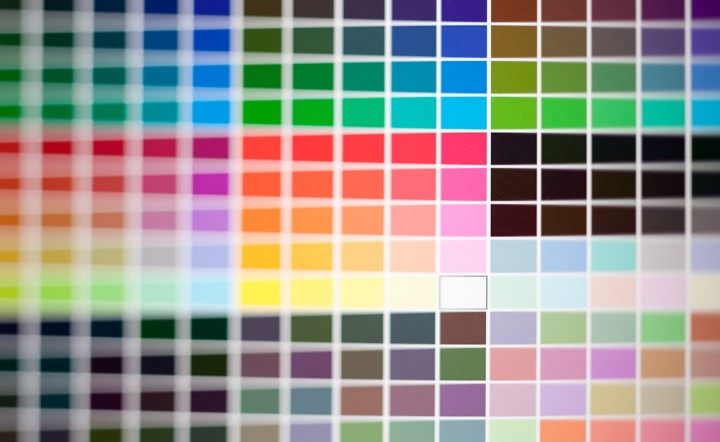For the last few weeks I’ve been in printing mode. After a bit of a run working on new images, the time felt right to re-do that holiest of holies to the commercial photographer, the book!
I’ll go into more detail about the book itself in a forthcoming post, but I just wanted to relay some experiences on the trials and tribulations of being a control freak when it comes to printing.
I’ve always taken an interest in printing my own work, and luckily for me I started shooting right about the time when inkjet printing was a more-or-less mature technology. Printing is an art unto itself, and I’ve often wondered whether it’s a good use of my time to spend hours and hours on getting the best possible output from my Epson. At the end of the day though, I’ve found if you want the quality, you have to put in the time.
Print quality with inkjet prints is generally a 50/50 split between the properties of the paper surface and the properties of the inks in the printer. Some practical considerations – the paper I chose had to have a good weight, given that the pages were being bound straight in to the spine, and the surface had to be durable enough to survive handling the book. Then of course the paper had to have the right look- do the images jump off the page?
I started out the process by looking at the current crop of paper as new ones come along fairly regularly, and after testing a dozen or so, narrowed down to two or three final contenders. The final group were all from a relatively recent development in the inkjet world which is the use of ‘baryta‘, a white pigment that was very common in the days of fibre base darkroom papers but has recently found it’s way into digital inkjet papers as well. Generally speaking, baryta papers have very similar look and feel to traditional darkroom prints, with a glossy or lustrous surface, deep rich blacks and a bright white base.
In the end, I narrowed it down to a Hahnemuehle paper- Fine Art Baryta. This paper had the combination of a heavy weight, a pure white surface with the right level of shine, lustrous without being super glossy, and a fantastic black depth and saturation perfect for commercial work. Excellent!
So off I went, I bought the paper and set about profiling it to my printer, which is the process of printing out test charts of colour boxes, measuring the colour with a spectrocolorimeter (coolest word ever?) and letting some clever software crunch the numbers to build a profile of how the ink reacts to the paper surface.
All was going well until I began printing out images- I started seeing some faint but very noticeable imperfections in the surface of the paper – almost like scratch marks in the coating, which were, annoyingly, completely random. I spent a while narrowing down what exactly was going on and getting to the point where I knew it was nothing to do with the printer, and then back I went with the paper to my supplier. We both ummed and aahed for a while, and decided we should try a different batch of paper. After tracking down a different batch at a different supplier, I got back and rather gingerly sent through a print. Same problem. Dang. There goes that paper! Completely unusable. Weirdly enough, no one else had ever had problems with that stock, and it was particular to the A3 cut sheet size I was using, I never saw it in my A4 tests.
Having my favourite stock turn out to be unusable was pretty annoying, as there was no other paper that had the exact character I was after, and that was available in the size I needed. In the end though things turned out rather well, as I found another Hahnemuehle stock that turned out to be pretty close to perfect, and had a few advantages as well. The thing about Hahnemuehle is that their stock, for my tastes, has the right feel in the hand. There are brigher, smoother and more saturated papers out there but they invariably end up being too plastic and inorganic for a book.
The paper I’ve ended up printing with is Hahnemuehle Photo Rag Baryta, which is a glossier, warmer version of the classic Photo Rag surface which used to be my favourite for matte fine art prints and is still the most widely used for fine art inkjet printing. The extra warmth of Photo Rag Baryta actually turned out to be a plus – the white point almost exactly matches the linen in the spine of the book – Win!
So in the end, a paper that I had written off earlier actually was the best choice, all things considered. Even if I could have used Fine Art Baryta, the warmth of Photo Rag Baryta has won me over, and my images are sitting very nicely. It has slightly less contrast because of the warmer white point, but the surface also has less texture which is a bonus.
I’m still waiting for the official word from Hahnemuehle about whether they consider the two boxes of paper I sent back to be defective, and I’ll have to reconsider my position on them if they think the problems in the surface are acceptable. I know paper making is a tricky process and the odd imperfection is a risk you take, but for entire boxes to be unusable is not a good reflection on their quality control.

